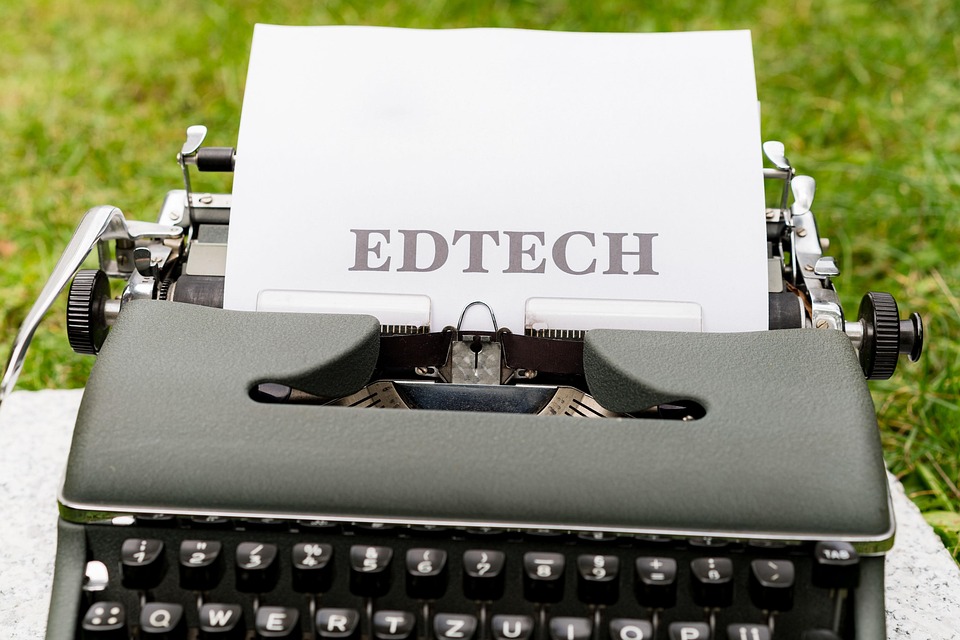In recent years, the landscape of education has undergone a seismic shift, driven largely by the surge of educational technology—or EdTech. From personalizing learning experiences to bridging geographic gaps in access to resources, EdTech is not just improving education; it is fundamentally transforming it. Here’s a look at how technology is reshaping the future of learning.
1. Personalized Learning Experiences
One of the most significant advantages of EdTech is its ability to cater to individual learning styles and paces. Traditional classrooms often adopt a one-size-fits-all approach, which can leave some students behind and challenge others. Learning management systems (LMS) and adaptive learning platforms, such as Khan Academy and DreamBox, utilize algorithms to analyze student performance and tailor content accordingly. This personalized approach ensures that every learner can thrive, making education more inclusive.
2. Enhanced Accessibility and Inclusivity
EdTech has the potential to break down barriers to education. With online learning platforms, students from remote or underserved communities have access to quality education resources that they may not find locally. Platforms like Coursera and edX offer courses from top universities, democratizing access to knowledge and skills. Moreover, assistive technologies help students with disabilities, offering tools such as speech recognition and text-to-speech, ensuring a level playing field for all learners.
3. Collaborative Learning Environments
Technology fosters collaboration among students, encouraging the idea that learning is not just an individual task but a community endeavor. Tools like Google Classroom, Microsoft Teams, and various online forums allow students to work together on projects, share resources, and engage in discussions, regardless of physical location. This collaborative environment promotes teamwork and enhances social skills, preparing students for a world that increasingly values collaboration.
4. Gamification of Learning
Gamification refers to the application of game design elements in non-game contexts, and it is making waves in education. By incorporating elements such as points, badges, and leaderboards into the learning process, educators can motivate students and enhance engagement. Platforms like Kahoot! and Classcraft transform mundane lessons into exciting challenges that stimulate a love for learning and encourage active participation.
5. Data-Driven Insights
The integration of data analytics in education provides valuable insights into student performance and teaching effectiveness. EdTech allows educators to track progress, identify patterns, and intervene when students are at risk of falling behind. By utilizing dashboards and performance reports, schools can make data-informed decisions to enhance curriculum and instructional strategies, resulting in better outcomes for students.
6. Lifelong Learning and Skill Development
In an ever-evolving job market, continuous learning is essential. EdTech platforms enable learners of all ages to acquire new skills and knowledge beyond traditional schooling. Whether it’s upskilling in the workplace or pursuing personal interests, online courses, webinars, and micro-credentials offer flexible options tailored to individual needs and schedules. This trend towards lifelong learning is reshaping how we view education, emphasizing adaptability and skill acquisition throughout life.
7. The Rise of Virtual Reality (VR) and Augmented Reality (AR)
VR and AR technologies are making learning more immersive and interactive. Virtual field trips, simulations, and augmented experiences can transport students to historical events or complex scientific environments without leaving the classroom. This technology not only enhances understanding but also sparks curiosity and engagement, offering experiences that were previously impossible in traditional education settings.
Conclusion
As we stand on the cusp of a new era in education, the role of EdTech cannot be overstated. It is not merely a supplemental tool; it is at the heart of a paradigm shift in how we conceptualize teaching and learning. With personalized experiences, enhanced accessibility, and innovative teaching methods, EdTech is paving the way for a more engaged and informed generation. The future of learning is here, and it promises to be more equitable, interactive, and impactful than ever before. As technology continues to evolve, so too will the possibilities for education, ensuring that learning is an exciting journey for everyone.

